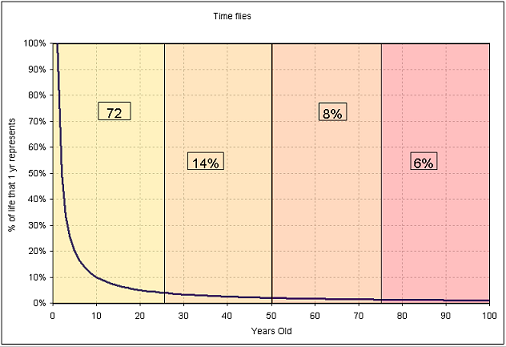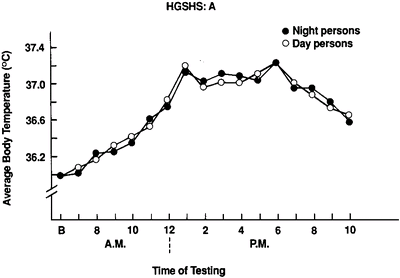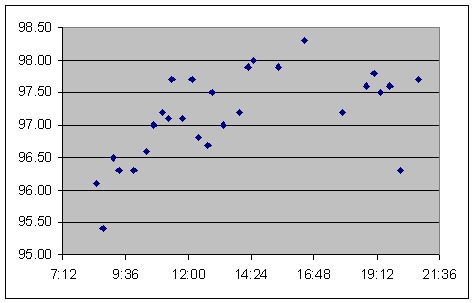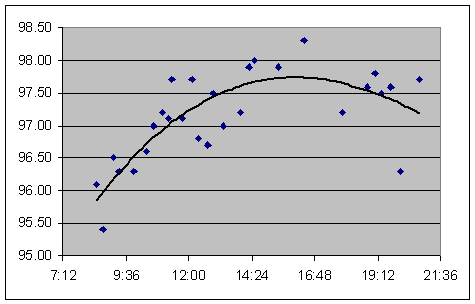A short while ago I was talking with Shamus about batteries. Specifically, Lithium Ion Batteries. Lithium Ion Batteries are everywhere (ipods, kindles, laptops, phones, etc.). and Shamus and I were debating the importance of letting a battery go dead before recharging. Was it necessary or harmful? Here are the two most important facts we learned:
#1. Keep it half-charged
#2. Keep it cool
Do not completely drain your batteries between charges. If you grew up with Nickle Cadmium batteries as I did, you might be familiar with the idea of battery memory. This is the tendency for batteries, if they are charged too often, to have unused cells that lose their potency.
Lithium Ion batteries don’t have this disadvantage. In fact, letting your lithium ion go dead regularly is not good for shelf life. Internet sources suggest that if the voltage of the battery drops too low you then the individual battery cells can reverse charge, causing permanent damage. That said, for digital devices that have a ‘fuel gauge,’ letting the battery go dead is the easiest means of re-calibrating that gauge so that it’s accurate. The general online consensus suggests letting your Lithium Ion battery drain completely about once every 30-50 cycles.
Inconveniently, if you keep it at 100% power you have loss of power as well. To quote Wikipedia:
high charge levels and elevated temperatures (whether resulting from charging or being ambient) hasten permanent capacity loss for lithium-ion batteries
Sadly, I searched around on the internet and could not find a real reason as to why this is. All the websites agree, but they also all quote one another. If anyone knows a battery expert, hook us up. We want credentials!
This chart from BatteryUniverse.com does a good job of summing up temperature and battery charge levels. Crazy!
For your laptop, the best way to get additional cycles out of it is to unplug the battery when the laptop is plugged in. That way, you’ll drop its active temperature and keep it from overcharging. For your ipod or phone, just let the charge dip to 10-20% before recharging, with a full recharge once every 30-50 cycles.
For these few disadvantages, Lithium Ion batteries have one of the best energy/weight ratios and are exceedingly popular. I hope some of these tips help you extend the life of your equipment.



